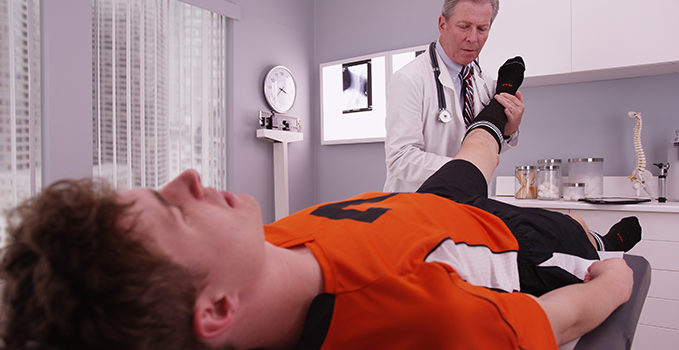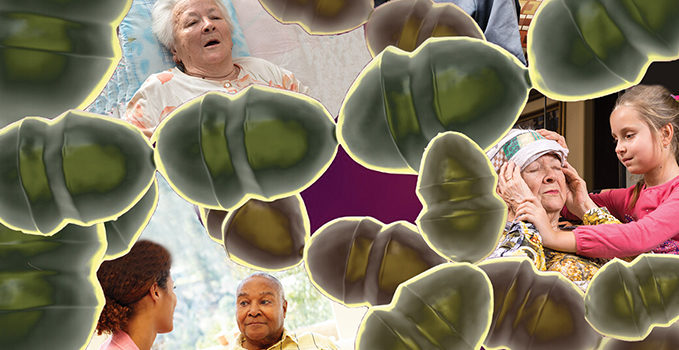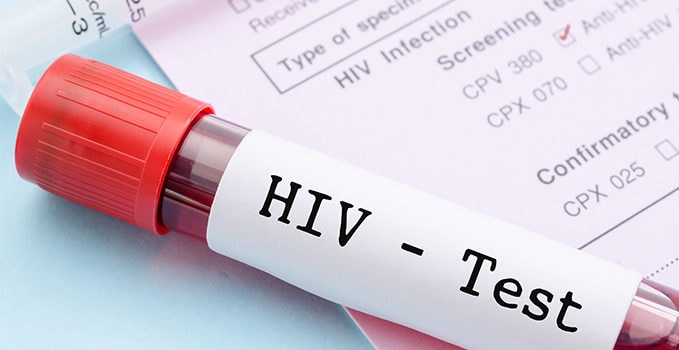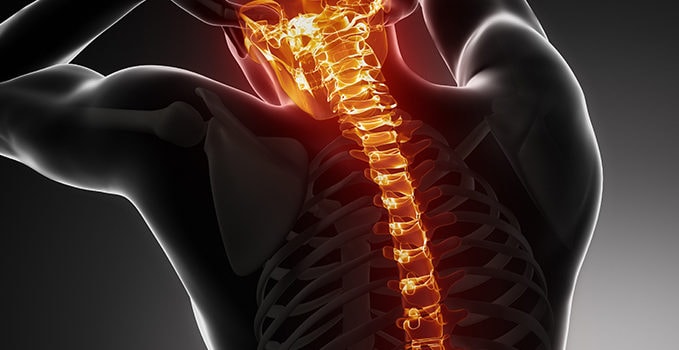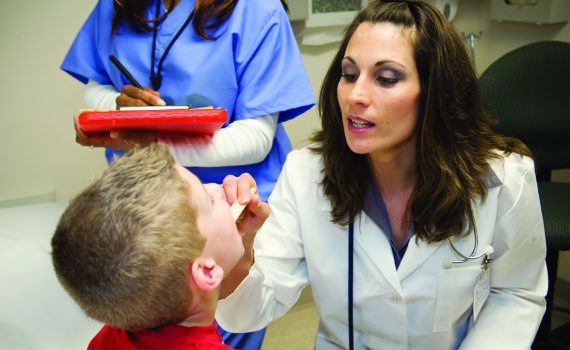Urgent message: Increasingly, patients with symptoms of acute infection run to their nearest urgent care center. As such, urgent care clinicians can contribute greatly to national efforts to save lives by stemming the growth of antibiotic resistance through good antibiotic stewardship. Introduction Despite being a recent healthcare phenomenon, urgent care centers are responsible for a growing percentage of outpatient healthcare, with an estimated 160 million total annual visits at more than 9,300 sites in the …
Read More


